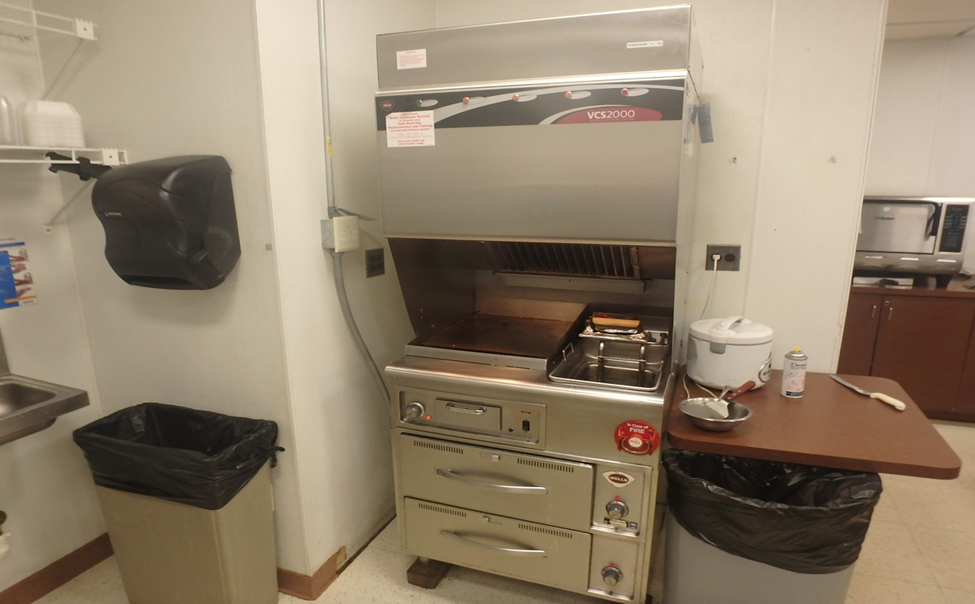 Do all commercial cooking installations require hood-duct and automatic extinguishing system protection?
Do all commercial cooking installations require hood-duct and automatic extinguishing system protection?
May 2, 2025
by Nils Deacon, Manager, Inspections and Rating Services
An underwriter recently asked if a certain cooking installation needed a complete hood-duct and automatic extinguishing system. The appliances in question were a countertop grill and a two-burner countertop range.
Both were electric powered. The listing agent thought this power source made a difference in the level of protection required.
NFPA 96, the Standard for Ventilation Control and Fire Protection of Commercial Cooking Operations provides guidance for this question.
Natural gas or propane fueled appliances require this protection because of the nature of the fuel, which releases products of combustion when used, and most importantly, grease-laden vapors. Most electric powered equipment that produces grease-laden vapors is also required to be fully protected.
However, the standard does not require electric appliances that are listed under UL 197 – Commercial Electric Cooking Appliances to be vented with a hood and duct system. This is because they are designed to produce very small amounts of grease emissions. They must be specifically listed and tested under UL 197. Most electric cooking equipment found in commercial kitchens does not have this listing.
Other electric equipment not needing a hood-exhaust system are recirculating systems which include a cooking appliance, collection hood, grease filters, and a fire suppression system.
DISCLAIMER: This information reflects the interpretation of MSO, Inc. with regard to NFPA Standards and Codes and other code sources. It does not represent these codes’ official position on the items discussed.
Ventless recirculating system

